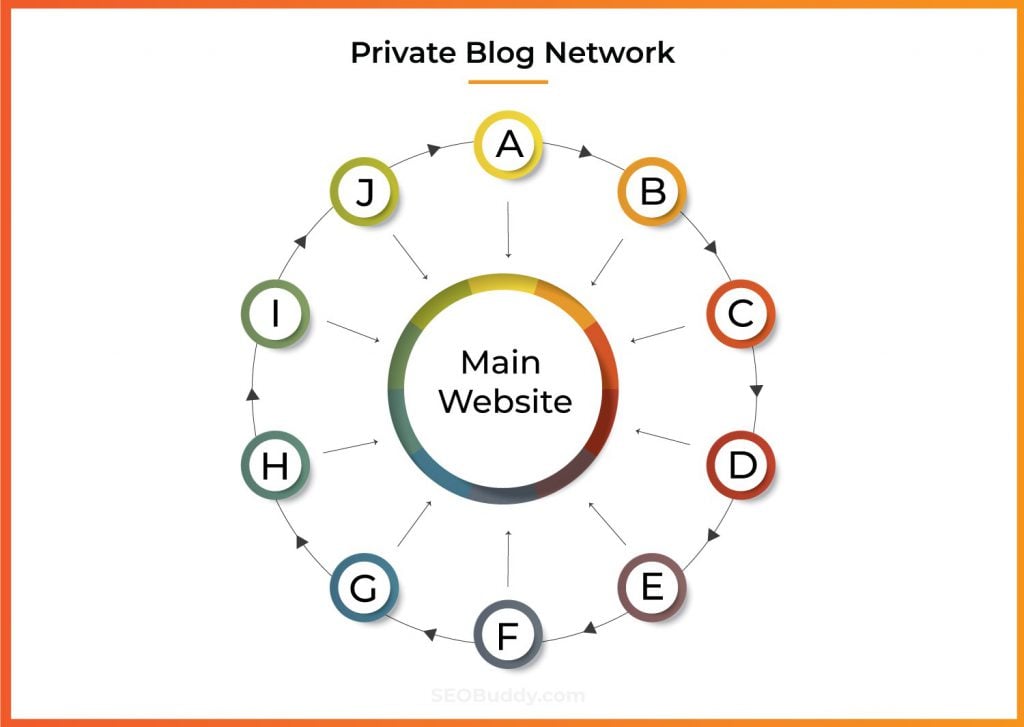All Categories
Featured
Table of Contents
- – When Are The Top Semantic Seo Content Strategi...
- – How To Buy The Top Semantic Seo Tutorials
- – Whats The Most Suitable Semantic Seo For Begi...
- – Whats The Most Popular Structured Data For Se...
- – Whats The Top Semantic Seo Best Practices
- – When Is The Best Time To Buy Semantic Seo Co...
- – What Is The Most Valuable Optimizing For Sem...
The web is changing, becoming extra and a lot more semantic. Search engine optimization is additionally altering and coming to be much more semantic. This is due to the fact that internet search engine have evolved and are moving a growing number of in the direction of reviewing web content online. Naturally, that has likewise changed the means we create material, particularly if we desire to place far better in the internet search engine.
, the pioneer of the Internet, mentioned to represent the idea that all points in deep space are deeply interconnected. Intertwingularity is not normally recognized, individuals maintain acting they can make points deeply hierarchical, categorizable and sequential when they can't. Everything is deeply intertwingled. Based upon the partnerships between search intentions, the online search engine prefers a material ready by computing the distance in between the vectors of definition.
It allows you to see, beginning with a subject, all the entities that relate to that topic. This method you can plainly see which entities/concepts/ideas have currently been covered on your web site, and you can discover brand-new opportunities by comprehending what material you can include and how to develop it.
When Are The Top Semantic Seo Content Strategies Sales
It is able to make your web content understandable for internet search engine on the one hand and for your target market on the other. Structuring your web content version highlights your content and its hidden relationships to make sure that search engines can acknowledge you amongst thousands of items of info, making you much more visible to individuals that satisfy the search intent related to your company.
In semantic SEO copywriting, an editor begins with a wider series of subjects and customizes the content to include semantically relevant terms and expressions that aid readers understand a topic, comparable to reviewing web content in a wiki. From a content creating point of view, one sensible way to do this is to produce a vocabulary of terms and concerns bordering your target topic.
How To Buy The Top Semantic Seo Tutorials
Discover more regarding by seeing the by!.

Semantic search refers to the process of just how internet search engine understand and match keyword phrases to a searcher's intent in organic search results page. Before semantic search, online search engine like Google operated like matchmakersaligning particular words in your inquiry with those precise words on pages. The results were uncomplicated but typically did not have deepness.
Whats The Most Suitable Semantic Seo For Beginners To Buy
It allows Google to provide quick, accurate responses to search inquiries concerning real-world subjects. When you type a question word into Google, you're not just going into a sequence of words. You touch into a complex internet of definitions and links. Google's Understanding Chart sees these words as entities with context and connections.
When you search for "Apple," Google does not just see a word that defines a fruit. It identifies Apple as a business and can provide relevant info. It was Google's answer to the increase of voice searches, where questions came to be extra conversational and nuanced.
Whats The Most Popular Structured Data For Semantic Seo To Buy
By incorporating NLP, Hummingbird permitted Google to relocate beyond mere keyword matching. It helped the search engine comprehend search intent, boosting the odds that results would properly match the reason behind a user's search.
RankBrain is a device understanding system that assists Google translate questions it hasn't seen before. It can make guesses regarding words and phrases it doesn't identify and filter results as necessary. Making it more reliable at managing never-before-seen search questions. RankBrain considers even more than simply key phrases when evaluating a search inquiry.
So it fetches results that match the search phrases and line up with the general intent of offering young puppy training advice. And if the user regularly looks for dog-related web content, Google may prioritize much more detailed training guidesrecognizing the customer's ongoing interest in the subject. Combining innovations like the Expertise Chart, Hummingbird, and RankBrain, semantic search assists the Google formula translate and connect information across a huge web of info.
Whats The Top Semantic Seo Best Practices
The focus changes from keyword option to an all natural approach incorporating user intent, topical relevance, and general individual experience. Developing material that deals with the searcher's demands with comprehensive information can boost your SERP rankings. Below, we detail the fads and methods that consolidate the requirement for semantically informed material. Later on, we supply actionable suggestions to turn these insights right into ideal practices.
A broader method to material aligns much better with semantic search's change away from precise key phrase matching and toward customer intent. Web content that covers search queries much more extensively not only satisfies users.
UX intends to create an aesthetically enticing, straightforward interface with appealing, high quality content that motivates visitors to stay. Semantic search innovation allows search engines to intend for results that give the best possible UX.
When Is The Best Time To Buy Semantic Seo Content Analysis

All showcase Google's capability to deal with a subject question comprehensively. By understanding the context and intent behind customer inquiries, online search engine can supply much more relevant details and possibly increase user engagement. Customization in search results page makes for better UX.Based on your past search background and preferences as a customer, semantic search helps internet search engine customize the results to fit your unique requirements and interests.
So it brings results that match the key phrases and straighten with the overall intent of giving young puppy training recommendations. And if the user frequently looks for dog-related material, Google may focus on extra comprehensive training guidesrecognizing the individual's ongoing interest in the subject. Combining innovations like the Expertise Graph, Hummingbird, and RankBrain, semantic search helps the Google formula interpret and connect information across a substantial web of details.
What Is The Most Valuable Optimizing For Semantic Search For The Price
The focus shifts from keyword selection to an all natural method incorporating customer intent, topical relevance, and general individual experience. Developing web content that attends to the searcher's demands with comprehensive info can improve your SERP positions. Listed below, we detail the trends and techniques that combine the requirement for semantically educated material. Later on, we give actionable ideas to transform these insights into finest practices.

A wider method to content aligns better with semantic search's shift away from precise keyword phrase matching and towards individual intent. Web content that covers search questions more completely not just satisfies users.
UX aims to develop a visually enticing, user-friendly interface with appealing, high quality web content that urges visitors to stay. Semantic search technology enables search engines to intend for results that supply the best feasible UX.
All showcase Google's ability to attend to a subject inquiry adequately. By comprehending the context and intent behind user questions, search engines can provide a lot more pertinent info and potentially raise individual interaction. Personalization in search engine result makes for better UX.Based on your previous search history and preferences as an individual, semantic search helps browse engines tailor the results to match your one-of-a-kind requirements and passions.
Table of Contents
- – When Are The Top Semantic Seo Content Strategi...
- – How To Buy The Top Semantic Seo Tutorials
- – Whats The Most Suitable Semantic Seo For Begi...
- – Whats The Most Popular Structured Data For Se...
- – Whats The Top Semantic Seo Best Practices
- – When Is The Best Time To Buy Semantic Seo Co...
- – What Is The Most Valuable Optimizing For Sem...
Latest Posts
Who Is The Leading Semantic Search Ranking Improvements Company
What Is The Leading Semantic Keywords Business?
Top Semantic Keyword Research Showroom Near Me
More
Latest Posts
Who Is The Leading Semantic Search Ranking Improvements Company
What Is The Leading Semantic Keywords Business?
Top Semantic Keyword Research Showroom Near Me